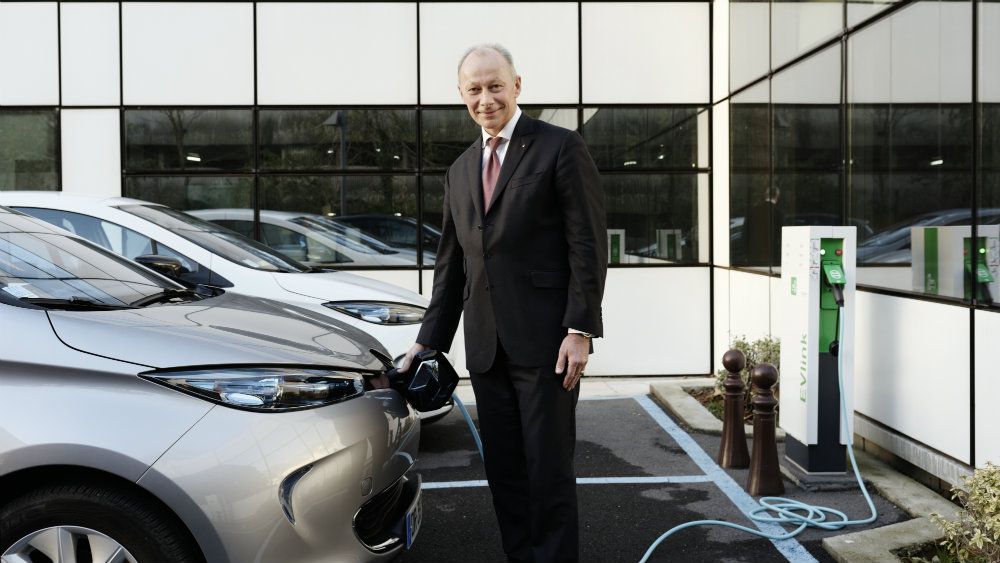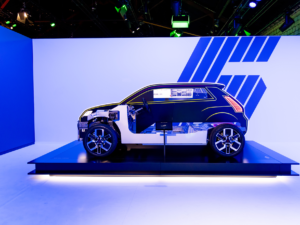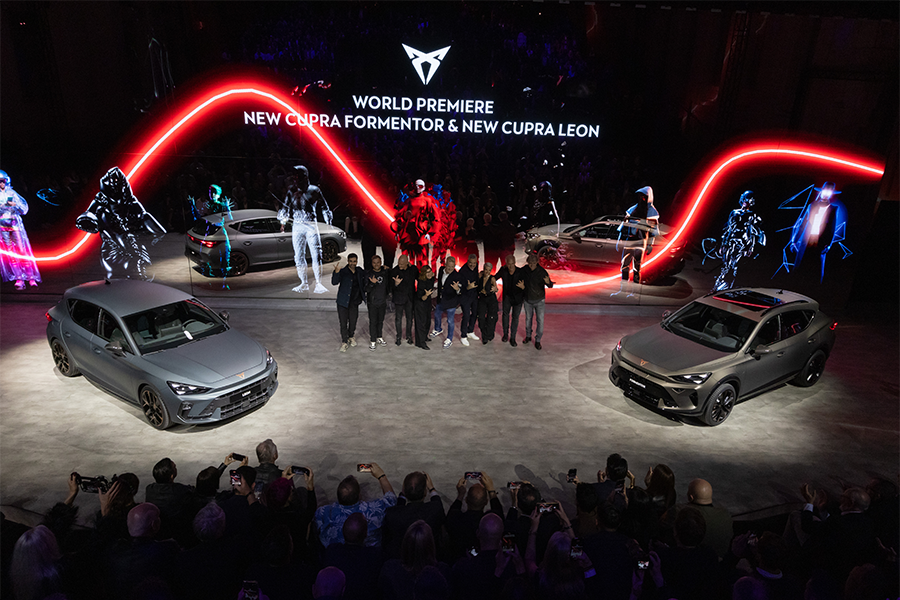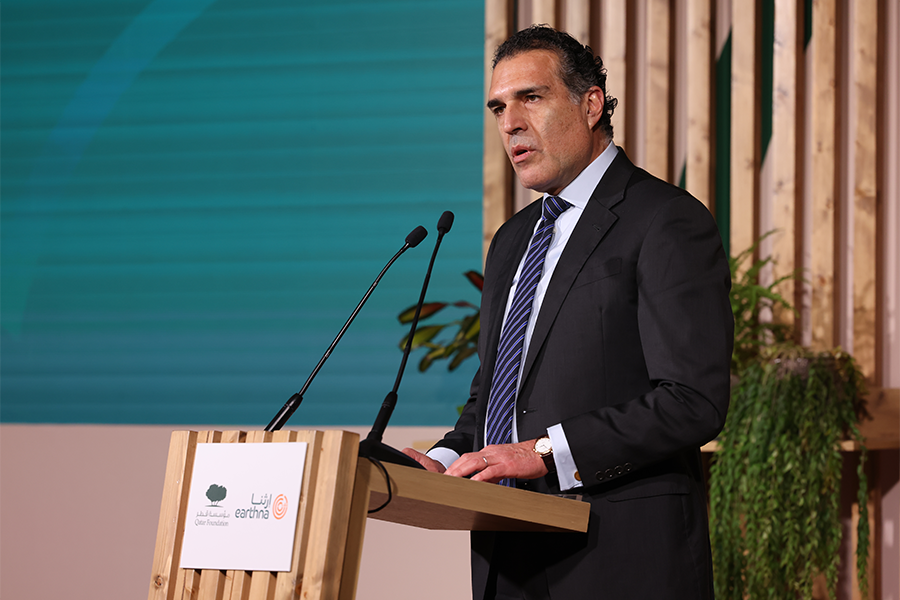Increasing public concern over emissions of greenhouse gases and pollutants from cars, combined with advances in technologies for batteries and alternative fuels, has led to a rapid growth in the market for low emission vehicles.

At the same time, car manufacturers and Governments have been radically rethinking today’s model of car ownership and are working towards a more sustainable vision of urban mobility.
Some of the world’s richest and most sophisticated economies are pioneering the revolution. In Norway last year, over one fifth of new car sales were electric vehicles. Cities across Germany are encouraging the rise of car-sharing by providing parking privileges for shared vehicles. In the run-up to the Olympic Games of 2020, Japan will spend nearly €300 million on infrastructure for hydrogen-powered cars. In all three countries, car makers are partnering closely with Governments to ensure that the infrastructure and incentives are in place to support the transition to a new generation of vehicles and a new model of mobility.
“Governments understand that in the early stages they need to prime the pump with incentives for consumers in order to grow the electric vehicle (EV) market,” says Thierry Bolloré, CCO, Groupe Renault, which in 2015 sold its 280,000th EV accounting for half of all EVs on the roads. “At the same time, Governments worldwide are setting increasingly stringent standards for emissions.
As a result, the EV market may be still small but it’s growing very fast, by around 50% in 2015. It’s only going to go in one direction—and before long the market will be so large that incentives won’t be needed.”
“We are investing billions of euros to offer the widest range of EVs in the market.”
Thierry Bolloré, CCO, Groupe Renault
At the COP21 climate conference in Paris, the Alliance provided a fleet of 200 electric cars of various types and sizes, the largest electric vehicle fleet ever assembled. The Alliance is currently focused on improving the distance that EVs can travel before needing to recharge, hence eliminating the so-called ‘range anxiety’ of EV drivers.
“We believe that by no later than 2020, our EVs will have double the range they have today,” Bolloré says. “We want range anxiety to disappear completely.”
The key to increasing the range of zero emission cars lies in improving the performance of their batteries, but without increasing the weight of the vehicles. The Renault-Nissan Alliance is currently developing new battery technologies with its suppliers that will not only increase the range of its EVs, but will also make recharging the battery a much quicker process.
At the same time, public authorities are increasing their investments in charging points; in 2014, the European Union adopted new targets for EV infrastructure, as well as common standards for plugs. By 2020, EU Member States will have to have built enough infrastructure to ensure that EVs can circulate at will in cities and suburbs, with ideally one recharging point per ten EVs on the roads![]()









